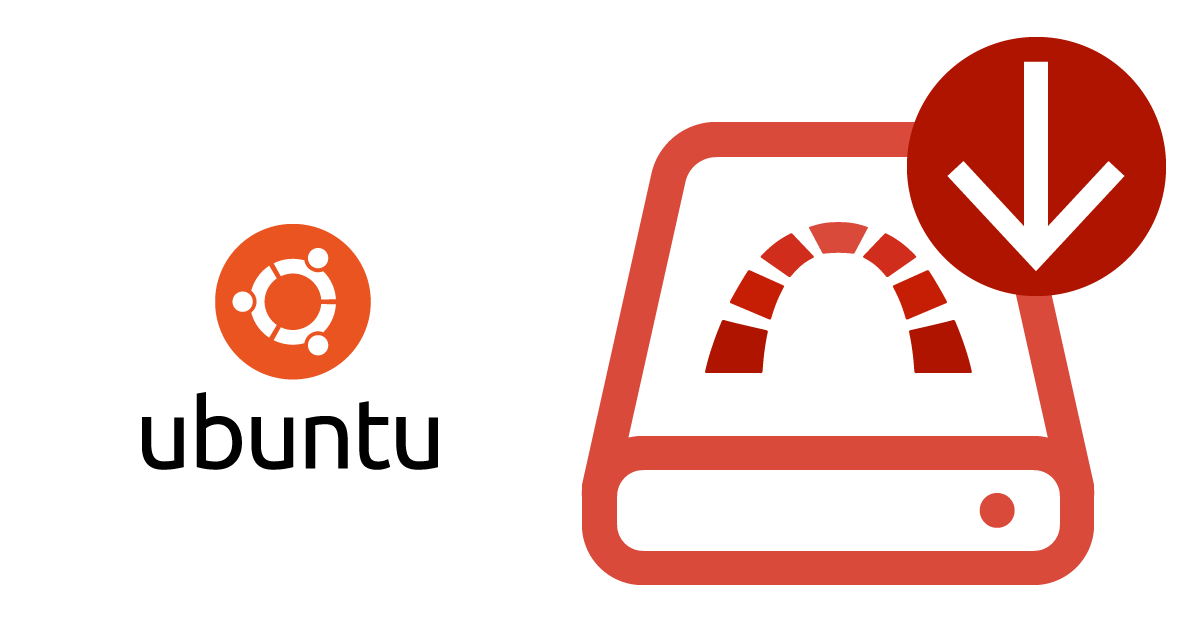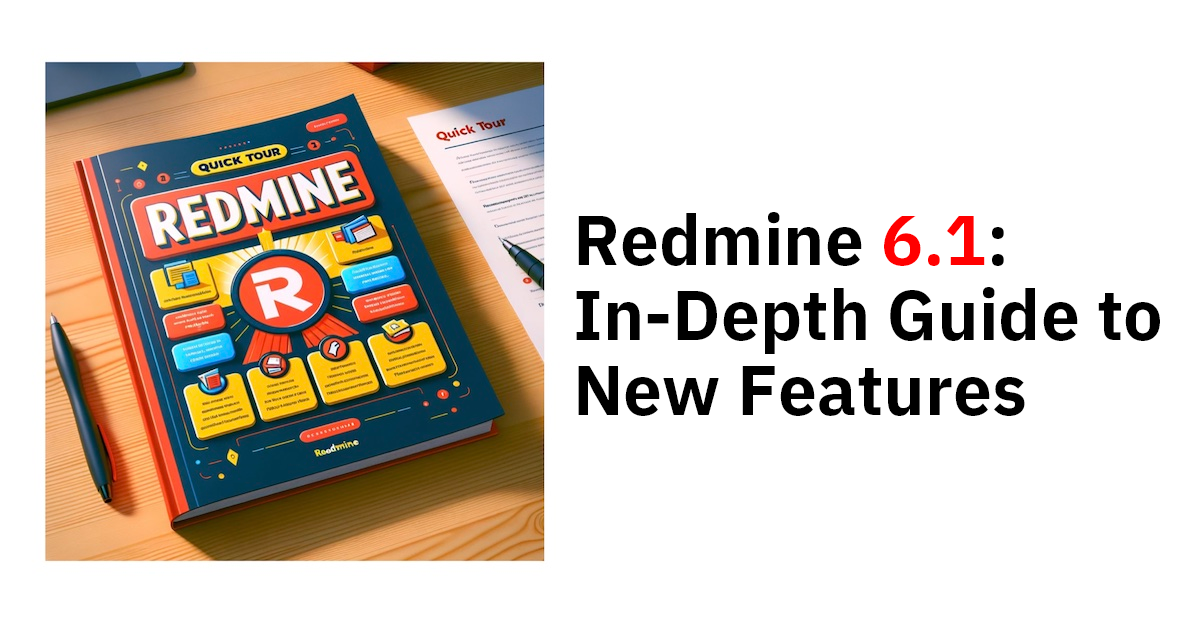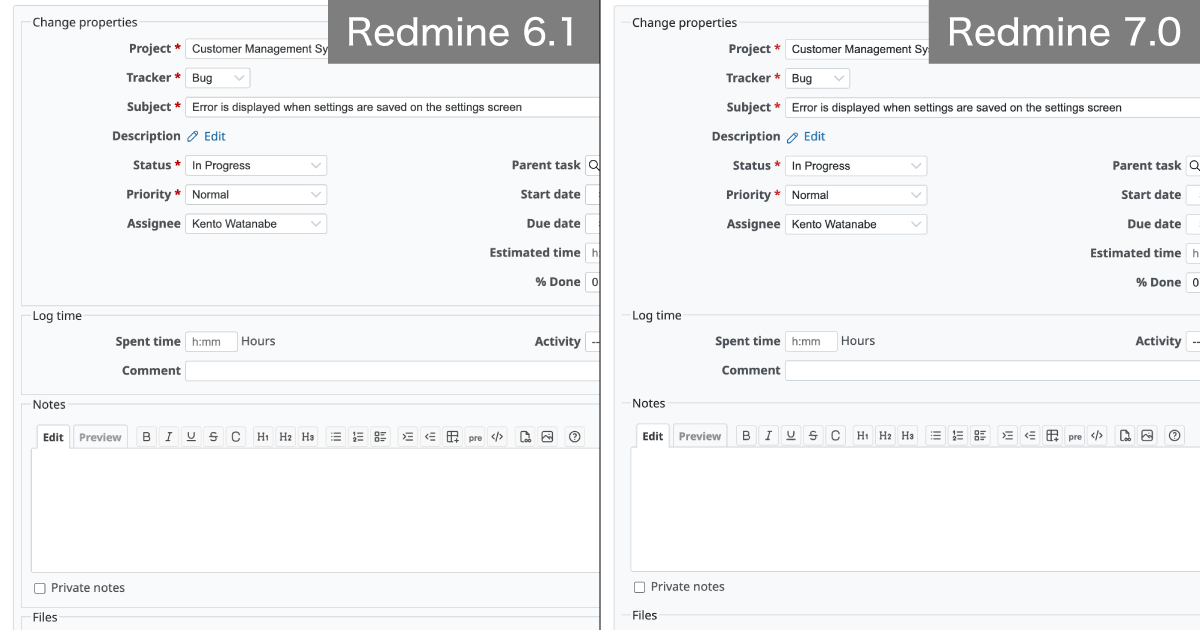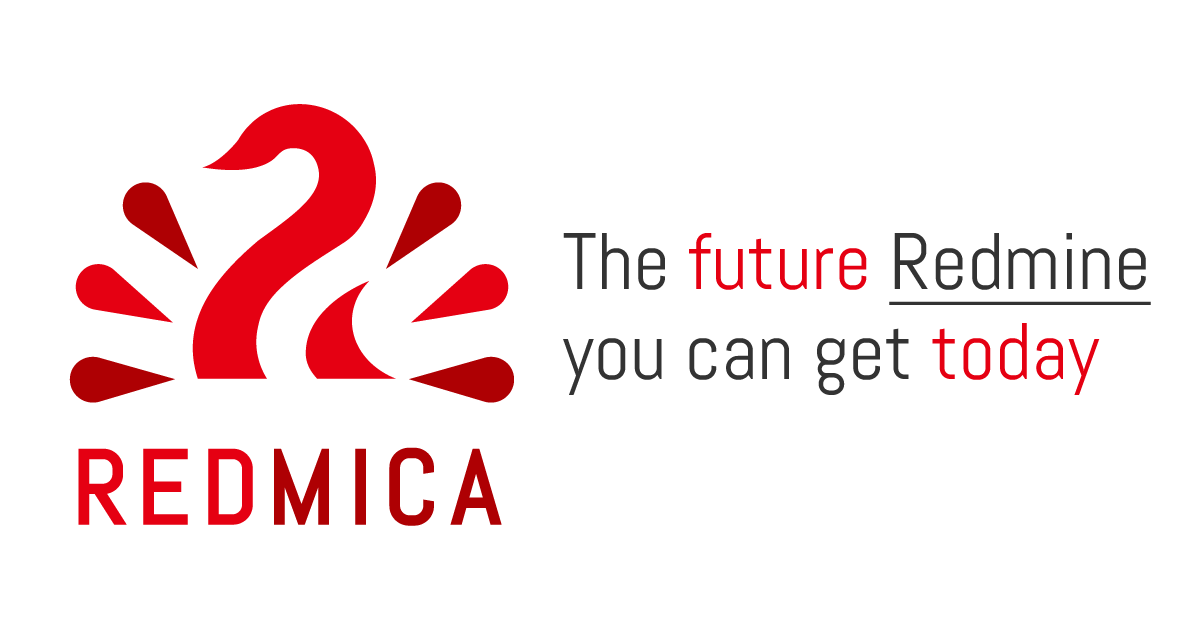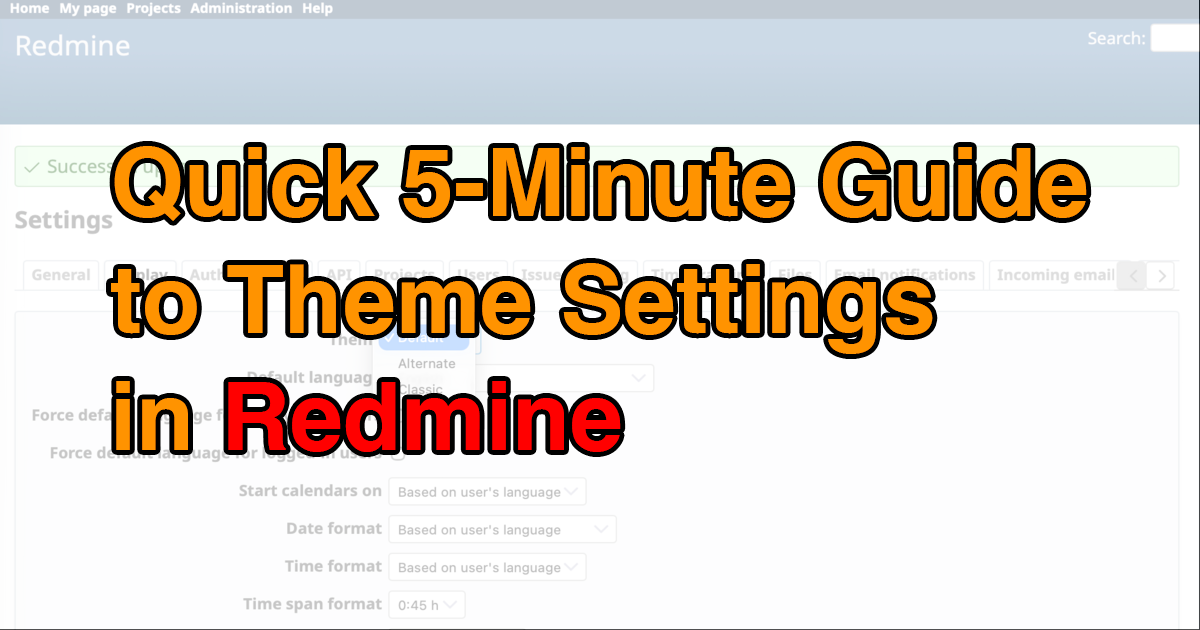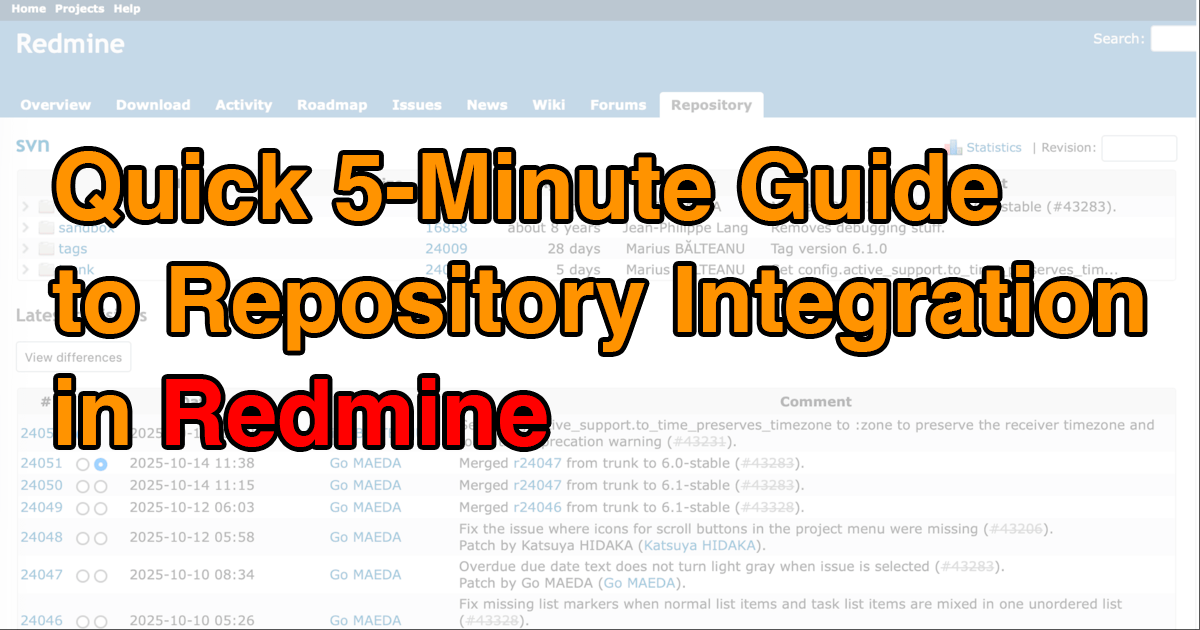Quick 5-Minute Guide to Project Settings in Redmine

This guide offers a quick and easy introduction to project settings in Redmine, the open-source issue-tracking system.
Table of Contents
What Is a “Project” in Redmine?
Redmine can be used for a variety of purposes such as project management, task tracking, inquiry management, and event organization. It can also handle different types of information, including issues, wikis, and documents. In Redmine, a project serves as the unit that brings this information together. You can think of a Redmine project as a “container” that stores all related information in one place.
For example, if you use Redmine’s core issue-tracking feature, you’ll work with information such as the assignee of an issue and its status. The details of which users can be assigned and which statuses are available are defined per project. A conceptual illustration of a Redmine project would look something like this:

Image of a Redmine “Project”
There is no limit to the number of projects you can create in Redmine. As long as your server has enough resources, you can create as many as you need.
You can also create different types of projects within a single Redmine instance. For instance, you might run project management operations and inquiry handling operations side by side. These may involve different staff members and require different sets of statuses. By creating them as separate projects within the same Redmine, they can coexist without conflict. If some employees are involved in both, they can simply switch between projects within the same Redmine interface, without having to log in again for each one. It is also possible to create subprojects within a project. There is no limit to the depth of the hierarchy — you can have subprojects, sub-subprojects, and beyond. For large-scale projects with complex tasks and many participants, dividing work into subprojects at a manageable level can make Redmine much easier to use.
Create a Project
Right after installing Redmine, there are no projects, so the first step is to create one. Only users with system administrator privileges can do this. Since the default admin account already has these privileges, it’s best to log in with that account to get started.
From the top menu, click Projects to open the project list.

Initial Project List Screen in Redmine
On the project list screen, the message “No data to display” will appear. Click "New project" to open the project creation screen.

New Project Creation Screen
Enter the information for the new project and click "Create." The project will then be added.
Project Settings Items
Name
Enter the project’s name here. The text you enter will be used in links when displaying the project and in pull-down menus when selecting a project. This field is required, but it can be changed later.
Description
The description appears on the project overview page. This field is optional and can be left blank. It can also be changed later.
Identifier
The identifier is used as part of the URL when accessing project information via a link. Allowed characters are lowercase letters (a–z), numbers, hyphens, and underscores. The length must be between 1 and 100 characters. Since the identifier cannot be changed later, it is recommended to choose it carefully. This field is required.
Homepage
Enter the URL of the project’s homepage link, which will be displayed on the project overview page. This field is optional and can be changed later.
Public
This setting determines whether the project is public. If the checkbox is selected, anyone can view the project information, even if they are not a member of the project. For business use, it is recommended to leave this unchecked. By default, the checkbox is enabled, so be sure to clear it to make the project private. This setting can be changed later.
Inherit Members
This option is used when creating a subproject under an existing parent project. If selected, the subproject will inherit the members of the parent project.
Modules
The modules section lists the features that can be enabled for the project. Select the checkboxes for the features you want to use. For example, select “Issue tracking” for issue management or “Wiki” to use the Wiki. Since this setting can be changed later, you may want to enable everything at first and disable unused features afterward.
Changing Settings Later
To change a project’s settings after it has been created, open the project list by clicking Projects in the top menu, then select the project name to go to its page. From the project menu, click "Settings." You’ll see the same input screen as when you first created the project.

Click “Settings” in the project menu to display the settings screen.
Modify the fields you want to update, then click "Save" to apply the changes.
Explore Redmine's capabilities firsthand on the demo site: demo.redminecloud.net
Return to the "Quick 5-Minute Guide to Redmine" Article List
